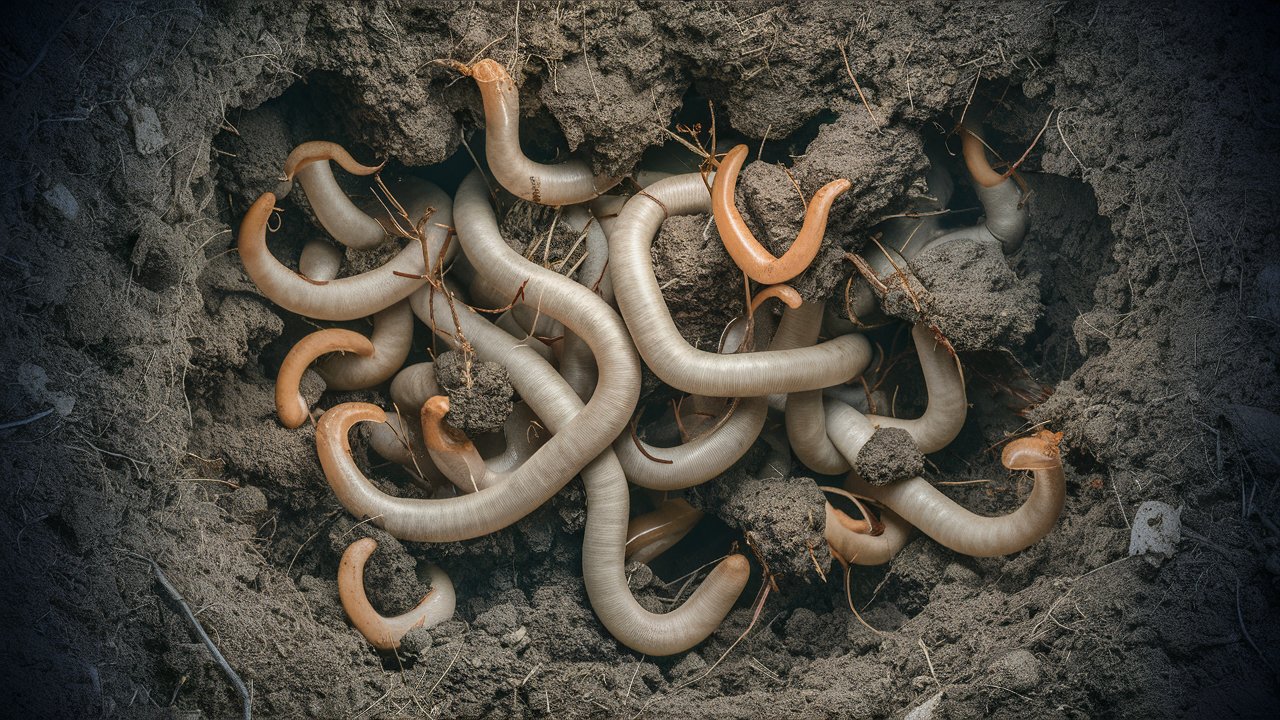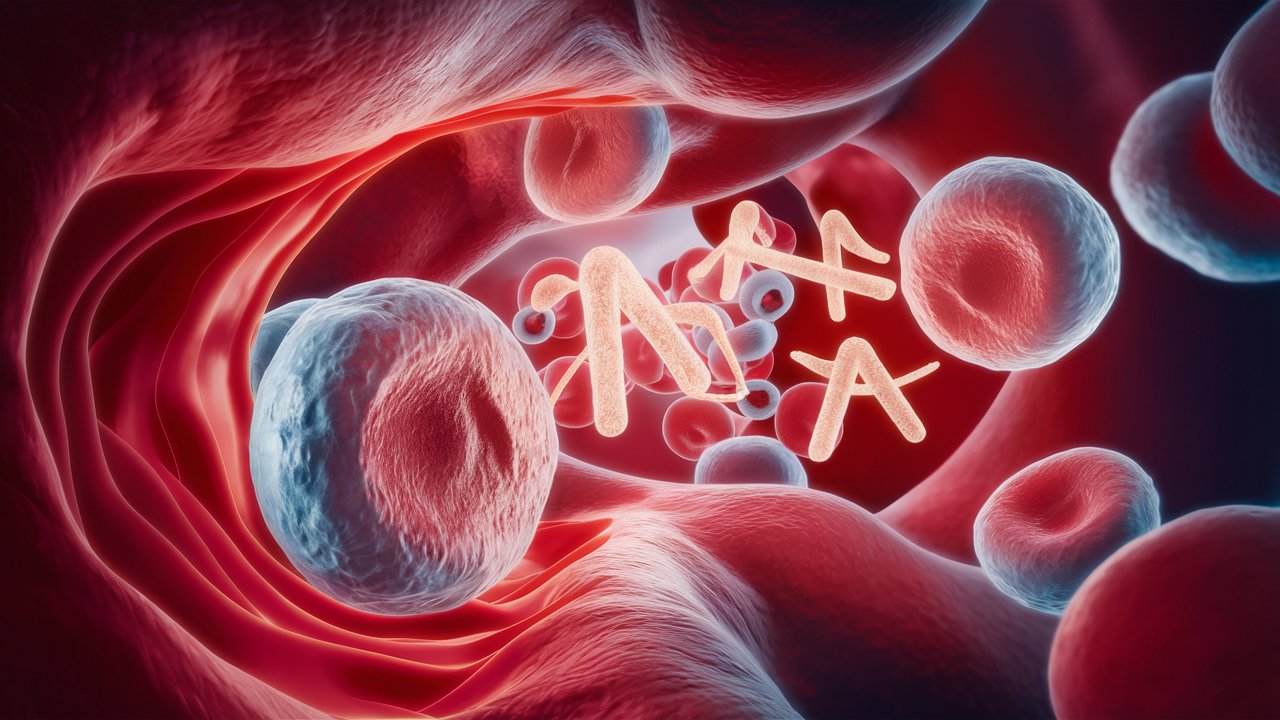
Ankylostomiasis, also known as hookworm infection, is a parasitic disease caused by tiny worms that latch onto the small intestine. These pesky parasites can cause a range of health issues, from mild discomfort to severe anemia. But what exactly is ankylostomiasis, and why should you care? Understanding ankylostomiasis is crucial because it affects millions worldwide, especially in tropical and subtropical regions. This blog post will dive into 15 fascinating facts about this condition, shedding light on its causes, symptoms, and prevention methods. Whether you're a student, a health enthusiast, or just curious, these facts will provide a comprehensive overview of ankylostomiasis. Ready to learn more? Let's get started!
What is Ankylostomiasis?
Ankylostomiasis, also known as hookworm infection, is a parasitic disease caused by hookworms. These tiny worms can cause significant health issues if left untreated. Here are some fascinating facts about this condition.
-
Caused by Hookworms
Ankylostomiasis is primarily caused by two types of hookworms: Ancylostoma duodenale and Necator americanus. These worms latch onto the intestinal walls, feeding on blood. -
Transmission Through Soil
Hookworm larvae thrive in warm, moist soil. They enter the human body through the skin, usually when someone walks barefoot on contaminated ground. -
Common in Tropical Regions
This infection is most prevalent in tropical and subtropical areas, where sanitation practices may be inadequate.
Symptoms of Ankylostomiasis
Recognizing the symptoms of ankylostomiasis can help in early diagnosis and treatment. Here are some common signs to watch out for.
-
Itchy Rash
When hookworm larvae penetrate the skin, they often cause an itchy rash known as "ground itch." -
Abdominal Pain
Once inside the intestines, hookworms can cause significant abdominal discomfort and pain. -
Anemia
Hookworms feed on blood, which can lead to iron deficiency anemia. This condition results in fatigue, weakness, and pale skin.
Diagnosis and Treatment
Proper diagnosis and treatment are crucial for managing ankylostomiasis. Here’s how healthcare professionals handle this infection.
-
Stool Examination
A stool sample is examined under a microscope to detect hookworm eggs, confirming the infection. -
Anthelmintic Medications
Drugs like albendazole and mebendazole are commonly prescribed to kill hookworms and treat the infection. -
Iron Supplements
For those suffering from anemia due to hookworm infection, iron supplements may be necessary to restore normal blood levels.
Prevention and Control
Preventing ankylostomiasis involves a combination of personal and public health measures. Here are some effective strategies.
-
Wearing Shoes
Wearing shoes, especially in areas where hookworm is common, can significantly reduce the risk of infection. -
Improved Sanitation
Proper disposal of human waste and improved sanitation facilities can help prevent the spread of hookworm larvae. -
Health Education
Educating communities about the risks of hookworm infection and how to prevent it is crucial for controlling the disease.
Impact on Public Health
Ankylostomiasis has a significant impact on public health, particularly in developing countries. Here’s how it affects communities.
-
Economic Burden
The disease can lead to decreased productivity and increased healthcare costs, placing a financial strain on affected communities. -
Impaired Development
In children, chronic hookworm infection can impair physical and cognitive development, affecting their long-term health and potential. -
Global Efforts
Organizations like the World Health Organization (WHO) are working to reduce the prevalence of hookworm infections through mass drug administration and improved sanitation initiatives.
Final Thoughts on Ankylostomiasis
Ankylostomiasis, caused by hookworms, affects millions globally. Understanding its symptoms, transmission, and prevention is crucial. This parasitic infection can lead to severe health issues like anemia and malnutrition. Simple measures like wearing shoes, maintaining hygiene, and proper sanitation can significantly reduce infection rates.
Early diagnosis and treatment with antiparasitic medications are vital for recovery. Public health initiatives focusing on education and improved living conditions play a significant role in combating this disease.
By spreading awareness and taking preventive steps, we can protect vulnerable populations and reduce the impact of ankylostomiasis. Remember, small actions can lead to big changes in public health. Stay informed, stay safe, and help others understand the importance of preventing this parasitic infection.
Was this page helpful?
Our commitment to delivering trustworthy and engaging content is at the heart of what we do. Each fact on our site is contributed by real users like you, bringing a wealth of diverse insights and information. To ensure the highest standards of accuracy and reliability, our dedicated editors meticulously review each submission. This process guarantees that the facts we share are not only fascinating but also credible. Trust in our commitment to quality and authenticity as you explore and learn with us.


